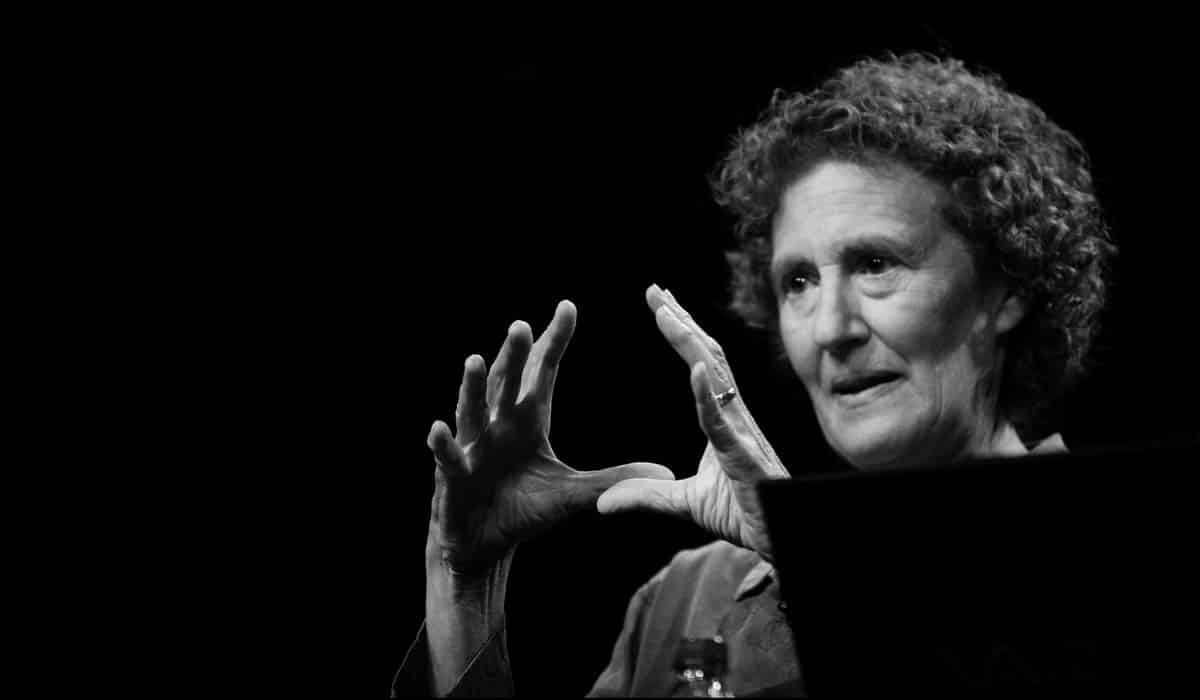Barbara was born on November 7, 1939, in Los Angeles, California. She has done great work in the field of programming languages. In 2008, she received the prestigious Turing Award in computer science. She is the second woman to receive the Turing Award. The Liskov Substitution Principle, developed by her, states the basic nature of data abstraction and is used in type theory and object-oriented programming.

| Name | Barbara Jane Huberman Liskov |
| Birth Date | November 7, 1939 |
| Birth Place | Los Angeles, California |
| Field of Work | Programming Languages, Computer Science |
| Education | Bachelor’s degree in Mathematics from the University of California, Berkeley; Ph.D. from Stanford University |
| Notable Positions | NEC Professor of Software Science and Engineering, Ford Professor of Engineering, MIT Institute Professor |
| Key Contributions | Liskov Substitution Principle, Venus Operating System |
| Notable Awards | Discover Magazine’s 50 Most Important Women in Science, IEEE John von Neumann Medal (2004), A.M. Turing Award (2008) |
Early Life
Barbara Jane Huberman was born on November 7, 1939, in Los Angeles, California. She comes from a Jewish family. She was the daughter of Jane and Moses Huberman. She was the eldest among her siblings. In 1961, she completed her Mathematics degree at California University, Berkeley. She had only one female classmate in her class at Berkeley. At Berkeley and Princeton, she applied to graduate mathematics programs, but Princeton was not accepting female students in mathematics at that time. As a result, she was accepted at Berkeley. Around the same time, she began working at the Mitre Corporation for one year and later started working as a programming language translator at Harvard.
She decided to return to school and applied to Berkeley, Stanford, and Harvard. She became one of the first women in the US to be awarded a Ph.D. at Stanford University in March 1968. She worked with John McCarthy at Stanford and was involved in artificial intelligence research.
Career
After graduation, she returned to the Mitre Corporation to work as a research staff. She has led many projects, including the Venus operating system. She worked as an NEC Professor of Software Science and Engineering (1986-97), a Ford Professor of Engineering in 1997, and an MIT Institute Professor in 2008. In 2009, she served on the inaugural Engineering and Computer Science jury for the Infosys Prize.
Awards
Discover magazine recognized her as one of the 50 most important women in science. Liskov won the IEEE John von Neumann Medal for fundamental contributions to programming languages in 2004. She received the most prestigious award in computer science, the A.M. Turing Award, in 2008.
The post Barbara Liskov Biography appeared first on The Crazy Programmer.
from The Crazy Programmer https://ift.tt/YdHVRhe
Comments
Post a Comment